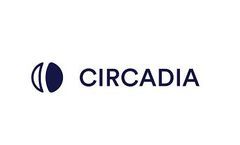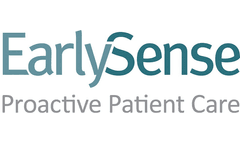Respiratory Rate Articles & Analysis
9 articles found
Pulmonary fibrosis, particularly idiopathic pulmonary fibrosis (IPF), represents a significant challenge in healthcare due to its detrimental impact on lung function and limited treatment options. While WNT/β-catenin signaling plays a crucial role in lung development and maintenance of adult lung stem cells, its dysregulation has been associated with pulmonary fibrosis. However, recent ...
What is neuroplasticity? The ability of the nervous system to respond to external and internal stimulations and to change its activity based on these changes. By responding to these stimuli it is meant to reorganize its structure of individual centers and their functional interconnections. Physiologically, these plastic changes can be observed during the actual development of the nervous system, ...
The experimental setup of the cardiopulmonary portion involved the implantation of emka easyTEL-S-ETA telemetry sensors for electrocardiography (ECG) recordings, enabling the monitoring of heart rate in freely moving mice expressing ChR2 (a light-sensitive protein) in the PPN or vlPAG (ventrolateral periaqueductal gray). emka & SCIREQ whole-body plethysmography (WBP), ...
Symptoms of Sepsis The symptoms of sepsis may include: Fever (102 degrees Fahrenheit or higher) Chills Rapid breathing (above 20 breaths per minute) or respiratory rate above 30 breaths per minute Fast heart rate (above 140 beats per minute) or pulse greater than 100 beats per minute for children, elderly people and people with low blood ...
Sensors measure changes in arterial oxygen saturation and measure heart rate while patients sleep comfortably at home. Rather than having to monitor at a sleep facility, physicians can access real-time data remotely. ...
Abstract—The current study aims to evaluate the performance of the Circadia Sleep Analysis Algorithm, which - in combination with the non-contact and minimally invasive Circadia bedside monitor - allows for long-term sleep assessment and continuous evaluation of sleep therapy outcomes. The Circadia Contactless Respiratory Monitor was initially used to record 17 nights of ...
A technology that monitors vital signs (like heart and respiratory rate) from an unobtrusive location beneath the patient’s mattress, CFCM gives providers the option to keep careful watch over their patients without the need to enter the room or visit a bedside. ...
The risks associated with thermal deficits or excess are significant, potentially causing adverse effects on the cardiovascular system, inducing respiratory failure or cerebral depression. Today’s multiparameter patient monitors, equipped with temperature probes, can provide constant in-procedure temperature confirmation. ...
Effects of three–day hyperbaric and low temperature treatment on the respiration rates and quality attributes of sweet corn were studied. Quality attributes were also monitored over four days of storage at ambient conditions. ...








